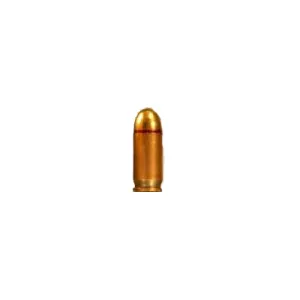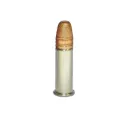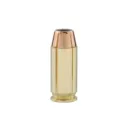Head to Head Comparison


0 Reviews
0 Reviews

0 Reviews
0 Reviews


0 Reviews
0 Reviews

0 Reviews
0 Reviews
MSRP:
$18.17Used Price:
$18.17New Price:
$20.19MSRP:
$0.00Used Price:
$0.00New Price:
$0.00Height
0.68
0.00
Average FPS
980
Average Grain
91
Average Energy
194
Recoil
0.41
0.00
Ballistic Coefficient
96.34


.22 LR vs .380 Auto (9mm Browning Short)


.32 Short Colt vs .380 Auto (9mm Browning Short)


.327 Federal Magnum vs .380 Auto (9mm Browning Short)


.357 Magnum vs .380 Auto (9mm Browning Short)


.357 SIG vs .380 Auto (9mm Browning Short)


.380 Auto (9mm Browning Short) vs 10mm Auto


.380 Auto (9mm Browning Short) vs .38 Super


.380 Auto (9mm Browning Short) vs .22 TCM


.380 Auto (9mm Browning Short) vs .460 Rowland